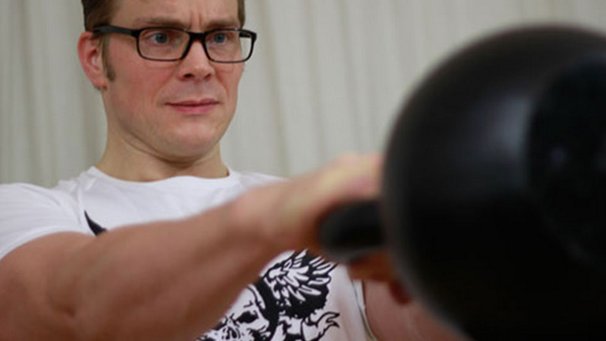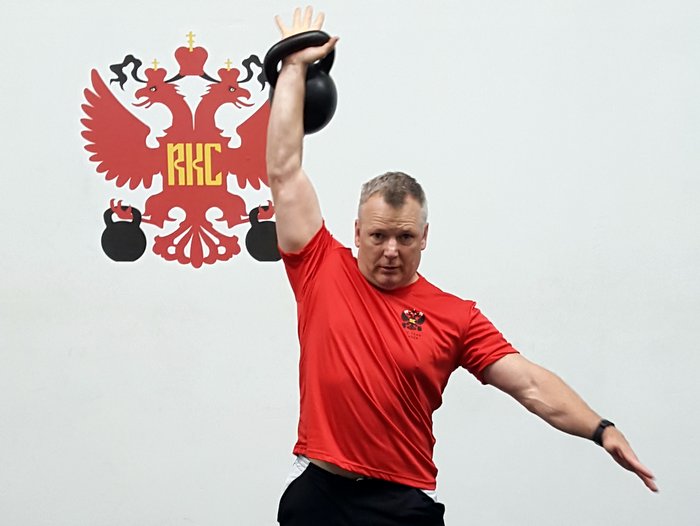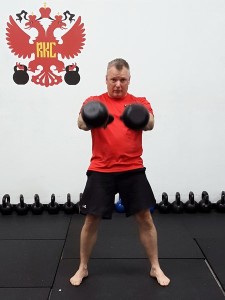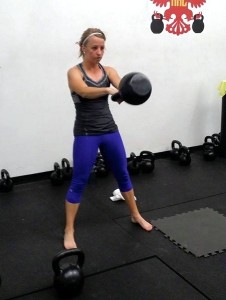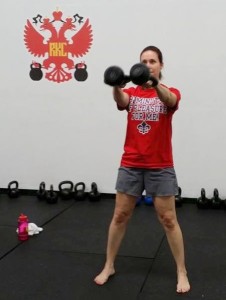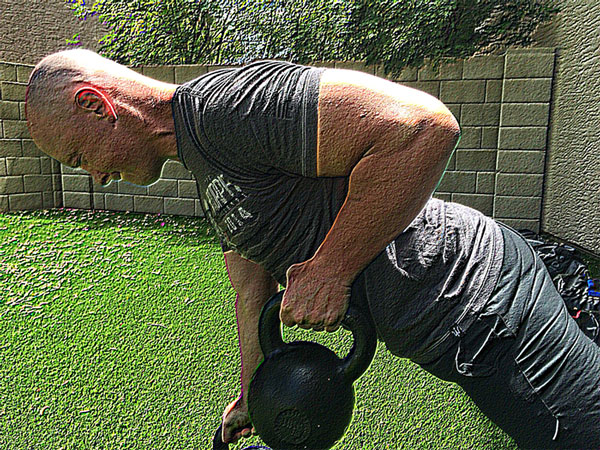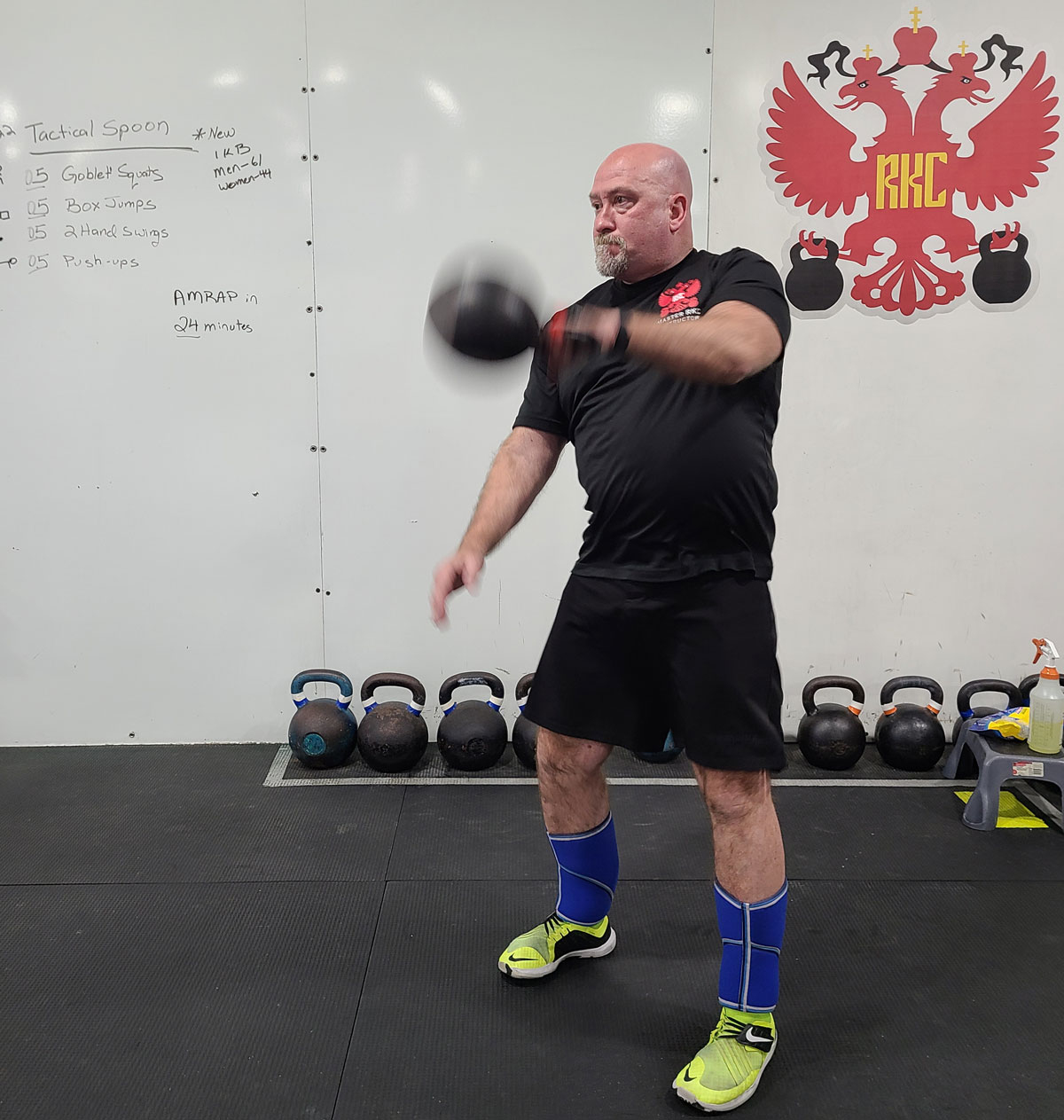
The following are my thoughts and observations regarding the RKC Snatch Test. This post is based on over twenty years of experience training with and teaching kettlebells to the public, military, and law enforcement personnel. Some of what you are about to read is contrary to what you find being recommended by other trainers and coaches. That’s fine and should be expected. What you need to do is find the program that works best for you and your clients.
Test ≠ Race
The test is not a race. You have five minutes to complete the Snatch Test and I strongly recommend that you use all of it. Someone who completes the test in 3:50, and someone who completes it in 4:59, will both pass. But I will guarantee you that the person who used as much time as possible had an easier time and exhibited much, much better technique.
You Must Exhibit Positional and Transitional Management
You don’t pass the Snatch Test by just doing 100 kettlebell snatches in 5 minutes. You must demonstrate positional and transitional management coming out of the backswing, overhead, from the drop, and back into the backswing. Loss of control in any of those positions not only makes the Snatch Test more difficult but can also cause or lead to injuries.
Train Grind Strength Before Ballistic Strength
To execute the Snatch Test safely, you will need to develop several skills and attributes. First, you will need strength and stability in the overhead lockout position. This can be done easily by spending a good portion of your time working on the kettlebell press, push press, and/or kettlebell jerk. Strength in this position protects the shoulder itself from the rigors of ballistic snatches, as well helping to maintain mobility in the shoulder and upper quadrant of the torso.
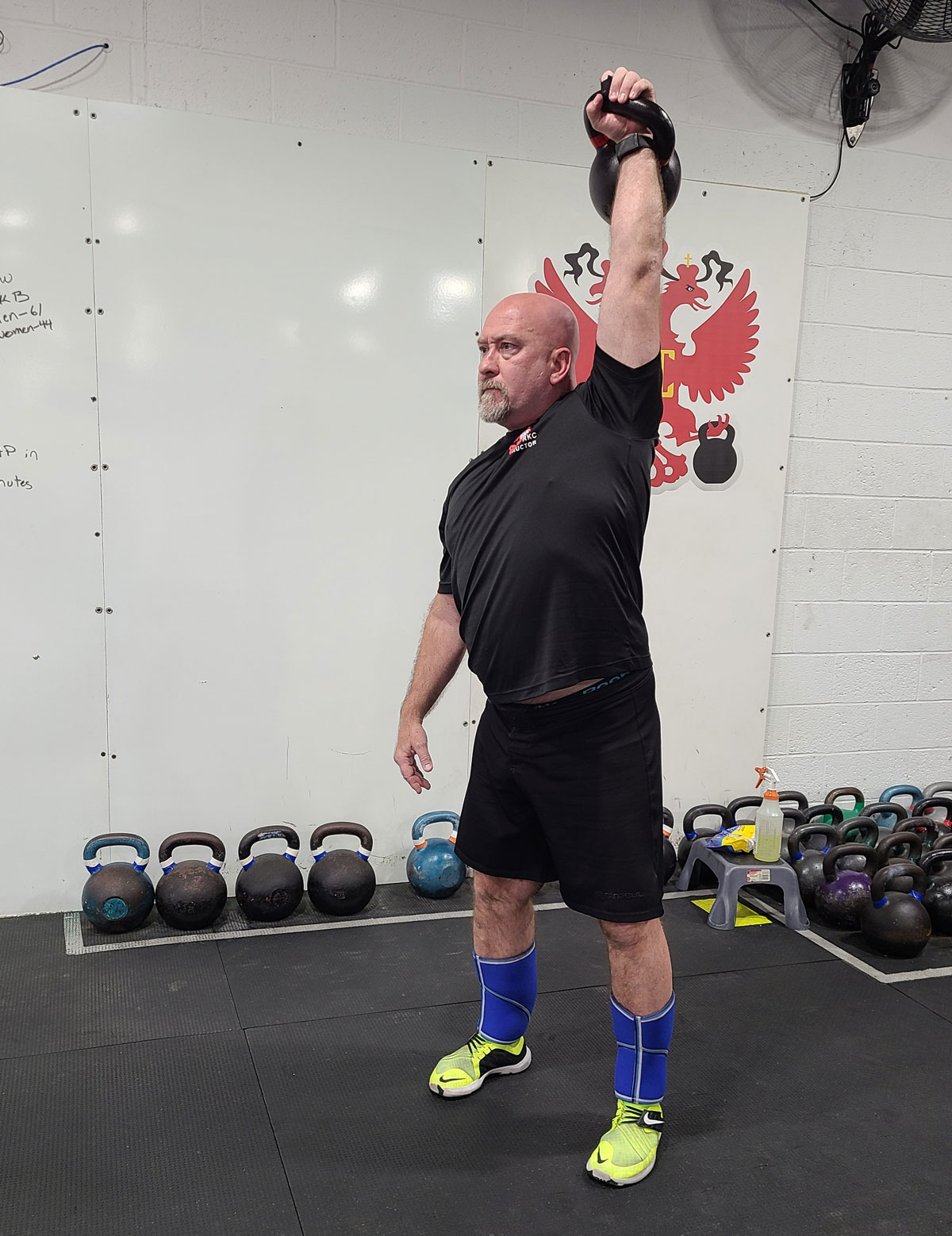
Second, you will need to develop an efficient and powerful backswing. The backswing is sometimes overlooked or minimized. But the more you work on it, the easier the swing, clean, and snatch will be. You will develop a highly efficient system for transferring energy from the ground, through the hips, and into the overhead position. Ignore this aspect of training to your own detriment.
Finally, train to develop a smooth and soft overhead lockout. When you watch most people snatch the kettlebell, it looks like a big swing with the kettlebell going over the top of their hand on the way up before slamming onto the forearm. This is very inefficient and does not demonstrate a viable understanding of how to translate and transition energy from the body into the kettlebell. The kettlebell should explode from the backswing and then float to the overhead position, where the hand is gently punched through the handle while all the joints, bottom to top, lock softly.
Before Attempting the Snatch Test
As you start preparing for the Snatch Test, here’s a key piece of information that will make the test easier–as well as save wear and tear on your shoulders. Before you start doing high rep snatch practice sessions, you should be able to press your Snatch Test weight kettlebell ten times right and left. Work on grinding out of the rack and into a solid lockout overhead, then a slow and strict transition back to the rack. Once this becomes easy (and it will after a while) you are reasonably safe to start practicing high rep snatches.
Let me put it this way: until you have the strength to strictly press 20% of what you are going to snatch during the test, you have no business practicing for 100% of the ballistics you will be doing.
Build grinding strength before ballistic intensity and numbers.
Training for the Snatch Test
Training for the Snatch Test should consist of two very different types of training sessions: Grinds and Ballistics.
Your grind sessions should be oriented so that you can get to the 10×10 strict press on both sides with your Snatch Test weight kettlebell. These sessions can be done at lower weights to practice getting the reps. They can also be done heavier to build extra strength and stability for transitioning from the rack to lockout and from lockout back into the rack.
Your Ballistics sessions should be comprised of:
- 40% Swings; with both snatch weight and heavier
- 40% Cleans; with both snatch weight and heavier
- 20% Snatches; with lighter than snatch weight, snatch weight, and heavier
Training sessions should be relatively brief and slowly progress in load and volume to Snatch Test numbers. Properly planned and executed, you can go from 10×10 snatches right and left to 50×50 snatches right and left in 8-10 weeks of moderate training.
When to Take the Snatch Test
The only time you should take the Snatch Test is when you are both physically, mentally, and technically dialed in. The RKC experience will make major changes to the technique you have been using to prepare for the Snatch Test. If you feel that you need more time to prepare for the Snatch Test, you have 90 days after your RKC Workshop to submit a video. I would strongly recommend this option for most people attending the RKC. Once you have your technique dialed in at the RKC, you can go home and work in a more efficient and safe manner. If you just jumping into the Snatch Test after learning how to execute the snatch safely and effectively, you will likely just revert to old habits and accommodations while under the stress of the test. It takes time to develop a new foundation for your snatch technique and you can easily do that within the 90-day window.
If you are interested in seeing what I think the “perfect” Snatch Test looks like, watch the video below:
I hope this helps you prepare for the RKC Snatch Test. Please reach out to me if you have any additional questions or concerns.
***
Master RKC Michael A. Krivka, Sr. is a Washington, DC native who has been involved in Kettlebell training for over a decade and is currently a Master RKC and member of the RKC Board of Advisors under Dragon Door (where he has been listed as one of the top reviewed RKC’s in the world for the last five years). Mike has traveled extensively throughout the United States teaching Kettlebells to military (USMC, USN, USA and USAF) and law enforcement personnel (FBI, DEA, USSS and CIA) as well hard-living civilians from Soccer Moms to CEOs. In addition to teaching workshops and clinics he logs several hundred hours a year teaching and training with Kettlebells at his own gym and martial arts studio. He is also a Level I CrossFit Trainer, and Olympic Lifting Coach.
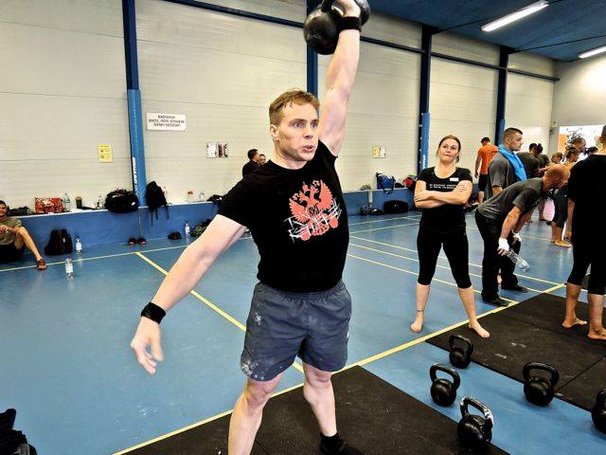
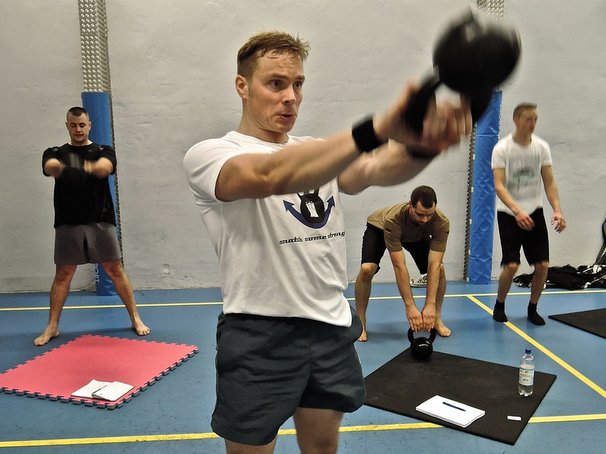
 Snatch as precisely as Swiss Clockwork
Snatch as precisely as Swiss Clockwork